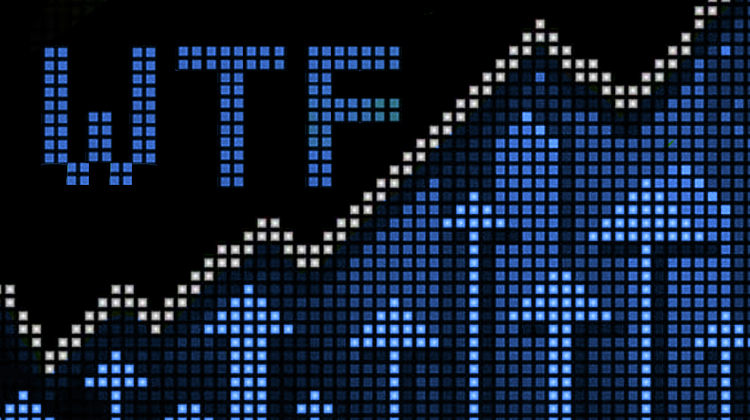Member Exclusive, WTF
WTF is social commerce?
- Social commerce is the buying and selling of products on social networking websites and apps.
- The global social commerce industry is expected to balloon to $604.5 billion by 2027.





